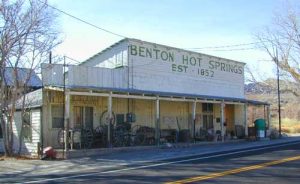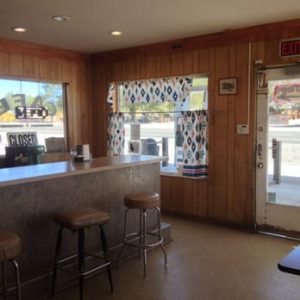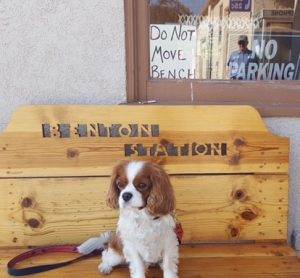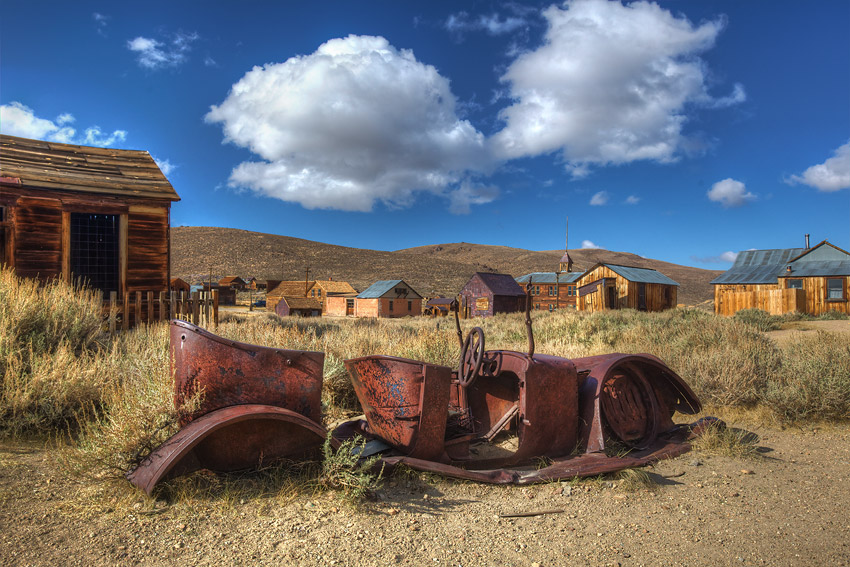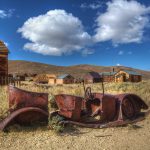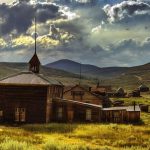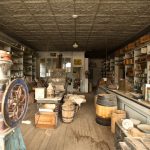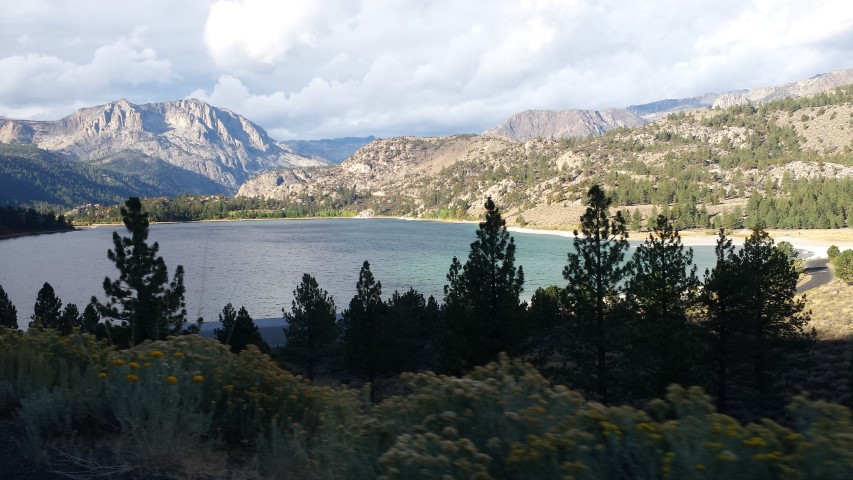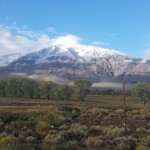By Suzanne Sparrow Watson
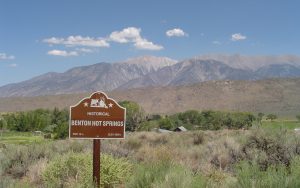 Well, judging from the response we got to Bob’s post last week, I’d say his butt is so popular it should have its own Twitter feed. He continues to do quite well in his recovery but his now-famous derrière is still stuck at home. So this week you’ll be traveling with me again to the Eastern Sierras. Last time I wrote about the ghost town of Bodie, which is a state park that has been preserved in a state of “arrested decay”. Hmmm, sounds like some people I know. In any event, this week our travels take us to the towns of Benton and Benton Hot Springs. If you’ve never heard of them, you’re in good company.
Well, judging from the response we got to Bob’s post last week, I’d say his butt is so popular it should have its own Twitter feed. He continues to do quite well in his recovery but his now-famous derrière is still stuck at home. So this week you’ll be traveling with me again to the Eastern Sierras. Last time I wrote about the ghost town of Bodie, which is a state park that has been preserved in a state of “arrested decay”. Hmmm, sounds like some people I know. In any event, this week our travels take us to the towns of Benton and Benton Hot Springs. If you’ve never heard of them, you’re in good company.
Benton and Benton Hot Springs are on California Highway 6, 32 miles north of Bishop and 46 miles east of Mammoth Lakes. The towns are three miles apart and are literally in the middle of nowhere. More on that in a moment. The “Bentons” were established in 1852 by the Paiute Indian tribe who sought out the warm springs that surround the area. During the gold rush Benton became a stop-over spot for fortune seekers traveling to and from the western Sierras. With the discovery of gold in Bodie, Benton became a supply center for the mines and the population swelled to 5,000 people. The heyday of the towns was from 1862 to 1889 and then, much like Bodie, the gold-seekers moved on to other states and the towns that supported the mines fell on hard times.
Today, Benton Hot Springs is noted for a rustic bed and breakfast, aptly named The Inn at Benton Hot Springs. Remember when my brother wrote about the Inn at Spanish Bay? This is nothing like that. However, it is a jumping off point for many of the hiking trails in the area and is busy all summer long. Note that I said it is “rustic” – only one of the rooms has its own bathroom. The inn gets varying reviews on Yelp from “fabulous” to “flea bitten . Since sharing a bathroom with a stranger is my idea of Dante’s Inferno, I’m going to pass on the Inn. But if you want to hike the area it is your best – albeit your only – bet.
Benton is the real “town” of the two spots, although the current population has dwindled down to 165 hearty souls. The town’s gathering place is the Benton Station Cafe, which coincidentally is also the gas station, bus stop and post office. My husband and I have mixed memories of Benton Station. About 25 years ago on our first trip through the area we decided to stop and use the facilities at the cafe. It should be noted that Benton Station provides the only bathroom in a 30 mile radius so we assumed they had lots of visitors with urgent needs. When we walked through the front door everything and everyone came to a standstill. Every person in the place (and it was packed) stopped talking and turned to look at us as we walked through. No one said a word to us but they followed our every move. Images of “Deliverance” raced through our minds. We scurried to the restrooms, bought a couple of Cokes as a donation, and got the hell out of there. I have since learned that, like The Inn at Benton Springs, the Benton cafe has widely divergent reviews. While their pies are rated universally tasty, the food is deemed to be either “best ever” or “sick as a dog for three days”. It turns out there is a “good” cook and one whose vocational talents lie elsewhere. The locals have memorized the cafe schedule so they know which days will provide a delicious meal. After reading that I thought back to the day 25 years ago and surmised that we must have hit the cafe on a day when the “good” cook was working and the locals didn’t want us horning in on the food.
This year we decided to make the trip from Mammoth Lakes out to Benton once again. Truly, the scenery on the road there is spectacular – a mix of mountains and rolling hills, pines trees and a view of the southern end of Momo Lake. But knowing that the past can be prelude, we prepared ahead of time for this journey out to Benton. We brought Dash the Wonder Dog along to act as interference. After all, the locals might be wary of us, but who can resist the face of a cute dog?
